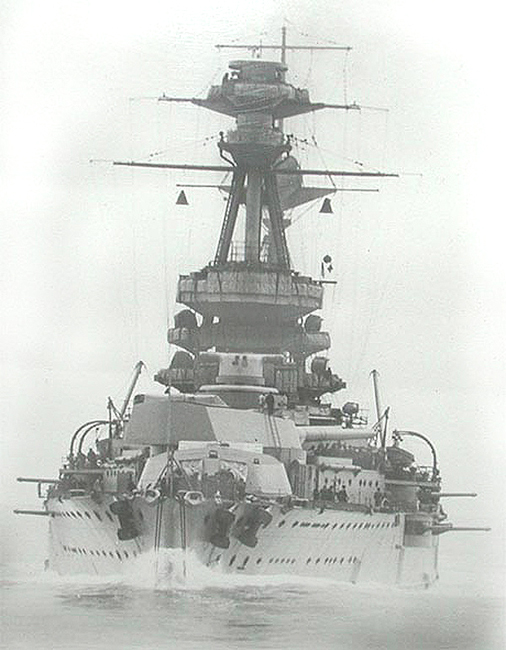
|
On 14 October 1939, HMS Royal Oak was anchored at Scapa Flow in Orkney when she was torpedoed by the German submarine U-47. Of her complement of 1,234 men and boys, 835 were killed that night or died later of their wounds. Before the sinking of HMS Royal Oak, the Royal Navy had considered the naval base at Scapa Flow impregnable to submarine attack. U-47’s raid demonstrated that the German Navy was capable of bringing the war to British home waters. The shock of the sinking of HMS Royal Oak resulted in rapid changes to security and the construction of the Churchill Barriers around Scapa Flow. The wreck of HMS Royal Oak is a designated war grave. It lies almost upside down in 100 feet |
 |